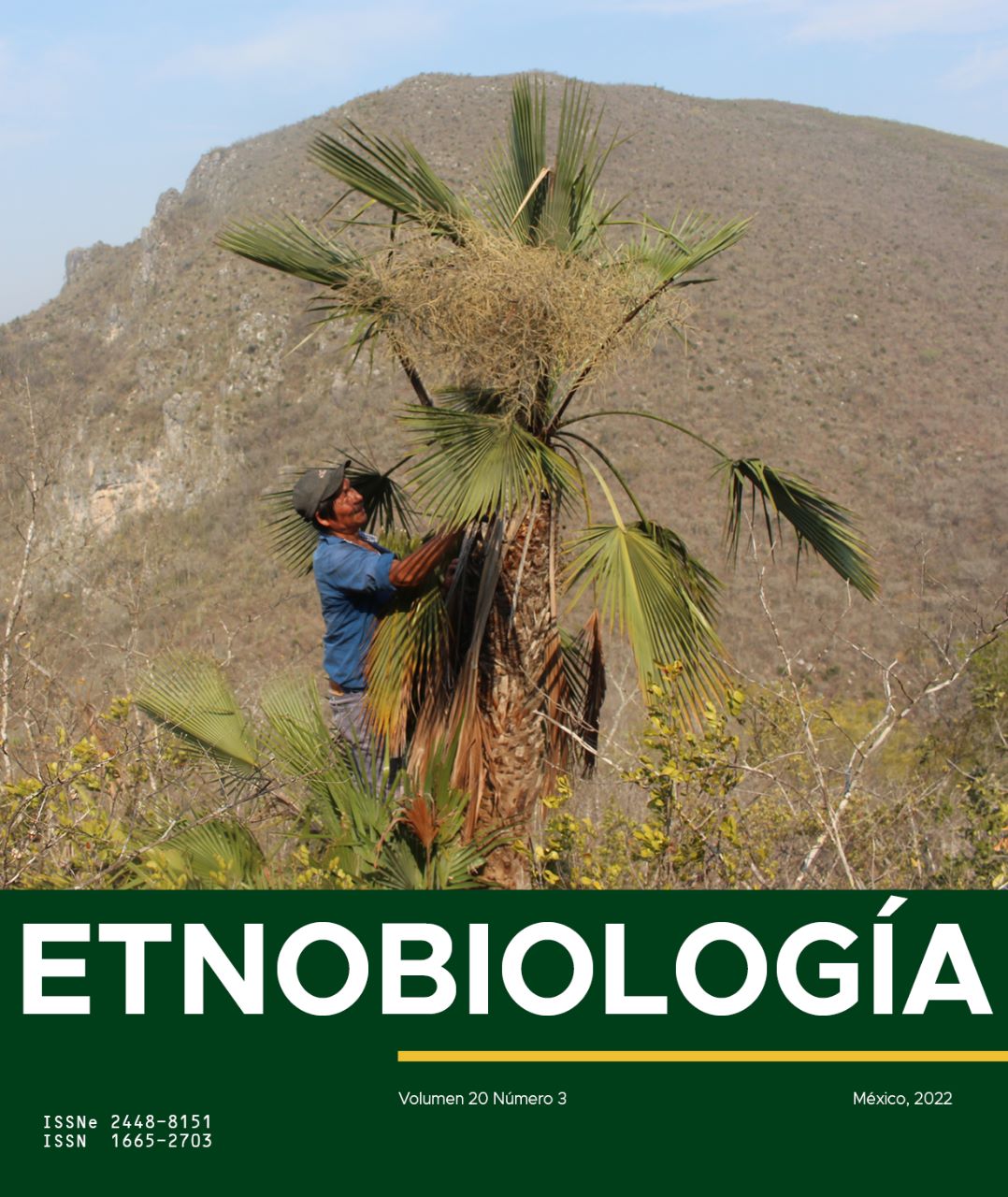ETNOTORNITOLOGICAL STUDY IN CABARAQUARA COMMUNITY, GUARATUBA, PARANÁ, BRAZIL
Abstract
The present study investigated the knowledge of the inhabitants of the traditional community of Cabaraquara (Guaratuba, Paraná, Brazil) about the nomenclature, ecology and behavior of the birds in the region. Were used data from interviews with the support of plates with pictures of birds yet registered in the region. Were conducted 26 interviews with semi-structured questionnaires, containing four questions to define the interviewee (age, sex, time of residence and occupation); and six questions about 15 local bird species, including nomenclature, song, time, and behavior. The most recognized birds were the Green-headed Tanager (Tangara seledon) with 100% of the citations, Brazilian Tanager (Ramphocelus bresilius) and Dusky-legged Guan (Penelope obscura) with 96%. The birds with the highest frequency of citation are birds of vibrant colors such as Brazilian Tanager, Sayaca Tanager (Tangara sayaca) and Green-headed Tanager and the least mentioned are the birds captured for breeding cage like Double-collared Seedeater (Sporophila caerulescens), Green-winged Saltator (Saltator similis) and Saffron Finch (Sicalis flaveola). The receptivity and interest by the residents show it is feasible to include the topic in conversations about birds. Encouraging bird watching tourism and including the theme in Environmental Education actions are essential to encourage community actions in favor of the conservation of the rich avifauna present in Cabaraquara.


